Introduction
The debate over whether to add water when juicing oranges has persisted in kitchens, cafes, and health circles for decades. On one side, purists argue that adding water dilutes the natural essence of the fruit, stripping away vital nutrients and flavor. On the other, advocates claim that a splash of H2O can enhance yield, consistency, and even accessibility. This article delves into the science, culture, and practicality of orange juicing, exploring the pros and cons of hydrating your citrus squeeze. By examining nutritional data, culinary traditions, and modern juicing techniques, we aim to equip readers with the knowledge to decide whether water belongs in their juicer.
The Anatomy of an Orange: Nature’s Hydration Station
Oranges, scientifically known as Citrus sinensis, are composed of approximately 86-88% water by weight. This high moisture content is one reason they jolt so efficiently without external liquid. The juice sacs within the fruit’s flesh are designed to release liquid when pressure is applied, whether through hand-squeezing, mechanical presses, or centrifugal juicers. The remaining 12-14% consists of carbohydrates (primarily sugars like fructose and glucose), fiber, vitamins (notably vitamin C), and minerals such as potassium and folate.
Critics of adding water argue that nature already perfected the ratio of liquid to solids. Why tamper with a self-contained system? However, proponents of dilution counter that the act of juicing itself alters the fruit’s natural state. For example, centrifugal juicers generate heat through high-speed spinning, which can slightly reduce vitamin C levels and evaporate volatile aromatic compounds that contribute to flavor. Could adding cold water mitigate this damage? The science remains inconclusive, but the debate rages on.
The Case for Water: Yield, Texture, and Economy
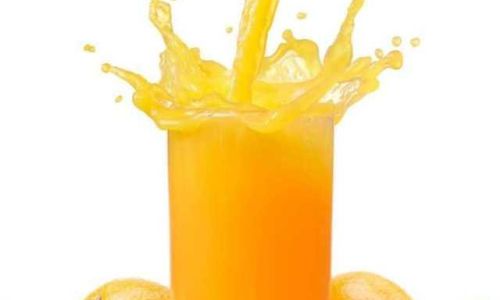
-
Maximizing Juice Output
One of the most practical arguments for adding water is increased yield. Oranges vary in juiciness based on variety, ripeness, and storage conditions. A single medium orange might yield 2-3 ounces of juice, but adding 1-2 ounces of water can stretch this to 4-5 ounces. For commercial juicers or households serving large groups, this economic advantage is significant. Restaurants and juice bars often add water to meet demand without inflating costs. -
Consistency and Versatility
Water-adjusted juice offers a thinner consistency, which some prefer for mixing into cocktails, smoothies, or marinades. Thick, pulp-heavy juice might overwhelm delicate flavors, while diluted juice acts as a versatile base. For example, a splash of watered-down orange juice can brighten vinaigrettes without overpowering greens. -
Hydration Boost
In hot climates or during workouts, consuming diluted juice provides rapid hydration alongside natural sugars and electrolytes. A 50/50 mix of juice and water can quench thirst faster than pure juice, which may dehydrate due to its high osmolality (sugar concentration).
The Case Against Water: Purity, Nutrition, and Flavor
-
Nutrient Dilution
Adding water inevitably reduces the concentration of vitamins, antioxidants, and phytonutrients per serving. A 2019 study published in the Journal of Food Science found that diluted orange juice contained 15-20% less vitamin C and 25% less hesperidin (a flavonoid with anti-inflammatory properties) compared to undiluted juice. While these losses might seem marginal, they accumulate over time, particularly for those relying on juice as a primary vitamin C source. -
Flavor Integrity
Orange juice’s vibrant taste stems from a delicate balance of sugars, acids (citric and malic), and volatile compounds like limonene and linalool. Water mutes this complexity, creating a one-dimensional sweetness that lacks depth. Wine connoisseurs would never dilute a fine vintage; why treat citrus differently? -
Sustainability Concerns
Producing bottled water or filtered tap water requires resources—energy for purification, plastic for packaging, and fuel for transportation. If the goal is sustainability, using the fruit’s inherent water content aligns with a zero-waste philosophy.
Juicing Methods: Do They Influence the Need for Water?
The decision to add water often hinges on the juicing method employed:
-
Hand Squeezing/Citrus Presses: These methods extract juice without heat or oxidation, preserving flavor and nutrients. Water is rarely necessary here, as manual pressure efficiently releases the fruit’s liquid.
-
Centrifugal Juicers: High-speed blades generate friction, which can degrade nutrients and create foam. Some users add water to counteract thickness, though this may exacerbate nutrient loss.
-
Masticating Juicers: Cold-press juicers crush fruit slowly, minimizing heat and oxidation. The resulting juice is thicker and pulpier, often requiring no water. However, enthusiasts sometimes add a splash to thin it for easier drinking.
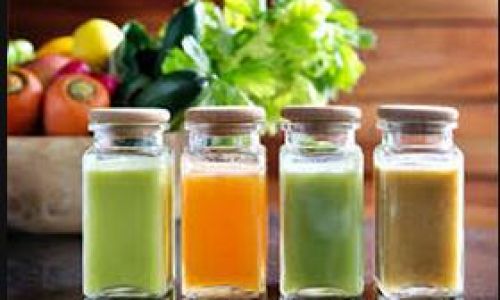
-
Blenders: Blending whole oranges (including peel and pith) produces a pulpy mixture. Water is typically added here to aid blending and achieve a smoothie-like consistency.
Cultural Perspectives on Dilution
The practice of watering down juice varies globally:
-
Brazil: The world’s largest orange producer, Brazil, traditionally serves suco de laranja (orange juice) pure, often with pulp. Dilution is frowned upon in authentic caipirinha bars, where juice quality is paramount.
-
United States: Commercial brands like Tropicana and Minute Maid routinely add water (and sometimes sugar) to standardize flavor and extend shelf life. However, the “100% pure” label movement has pushed many consumers toward undiluted, fresh-squeezed options.
-
Japan: In health-conscious Japan, “water addition” is considered taboo in premium juice bars. Patrons pay premium prices for juice made from locally sourced, pesticide-free oranges.
-
Mediterranean Countries: In Spain and Italy, it’s common to mix orange juice with sparkling water ( spremuta d’arancia con acqua frizzante ) for a refreshing summer drink. Here, dilution is cultural, not pragmatic.
Health Implications: Sugar, Calories, and Digestion
A 240ml serving of pure orange juice contains about 110 calories and 21 grams of naturally occurring sugar. Diluting with water reduces these numbers, making it a tactical choice for diabetics or those monitoring sugar intake. However, nutritionists caution that diluted juice still lacks the fiber of whole fruit, which slows sugar absorption.
Pediatricians often recommend diluted juice for toddlers to prevent dental decay and diarrhea, while athletes use it for rehydration. Conversely, those with irritable bowel syndrome (IBS) might find undiluted juice too acidic, necessitating a watered-down version.
The Science of Taste: How Water Alters Perception
Water doesn’t just dilute; it reshapes the sensory experience. A study by the University of California, Davis, revealed that adding water to orange juice suppresses sourness receptors while amplifying sweetness. This phenomenon, known as “taste modulation,” explains why diluted juice tastes less tart. However, it also flattens the flavor profile, making the juice less complex.
Practical Tips for Juicing With or Without Water
-
If Adding Water:
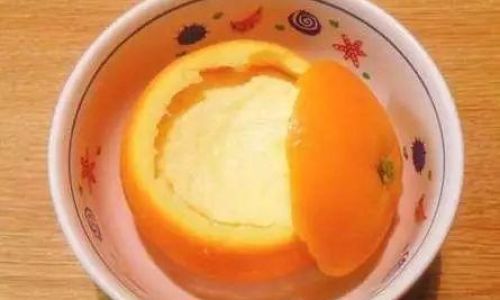
- Use cold, filtered water to minimize nutrient loss.
- Add water gradually, tasting as you go to avoid over-dilution.
- Consider alternatives like coconut water for added electrolytes.
-
If Avoiding Water:
- Choose oranges with thin, smooth skins (e.g., Valencia or Navel), which tend to be juicier.
- Roll the fruit firmly on a countertop before juicing to break down internal membranes.
- Invest in a quality juicer—masticating models yield more juice than centrifugal ones.
Debunking Myths: “Water Ruins Juice” vs. “Water Is Essential”
-
Myth 1: Adding water causes nutrient loss.
- Reality: While dilution reduces nutrient concentration, it doesn’t “destroy” vitamins. The loss is relative, not absolute.
-
Myth 2: Undiluted juice is always healthier.
- Reality: Pure juice lacks fiber and can spike blood sugar. Moderation is key, regardless of dilution.
-
Myth 3: All commercial juices are watered down.
- Reality: Many premium brands use concentrate-free methods, though added water is still common in mass-market products.
The Environmental Angle: Water Footprint of Juicing
A single orange requires approximately 50 liters of water to grow, according to the Water Footprint Network. Adding extra water during juicing increases the beverage’s overall water footprint. For eco-conscious consumers, using the fruit’s inherent moisture aligns with sustainability goals.
Conclusion: A Matter of Context
The decision to add water when juicing oranges hinges on context. For purists seeking unadulterated flavor and maximum nutrition, water has no place. For budget-conscious juicers, mixologists, or hydration-focused athletes, dilution offers practical benefits. The key lies in understanding your priorities: Is it taste, nutrition, economy, or versatility?
Ultimately, the orange itself holds the answer. A ripe, juicy fruit from a sun-drenched grove needs no embellishment. Yet, in a world of compromises, a splash of water might just bridge the gap between idealism and practicality. As with all culinary arts, balance is the sweetest ingredient.
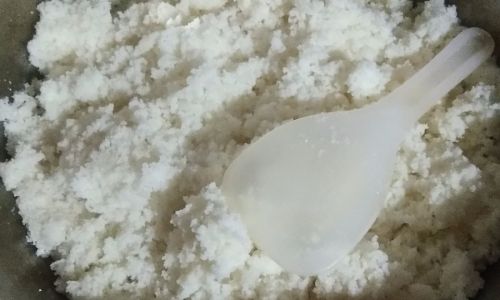
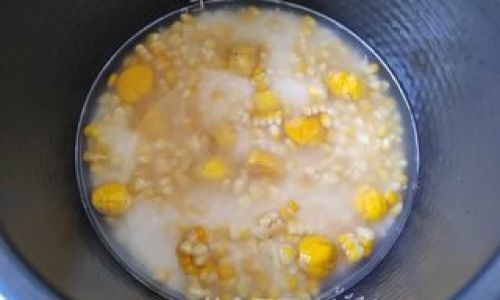
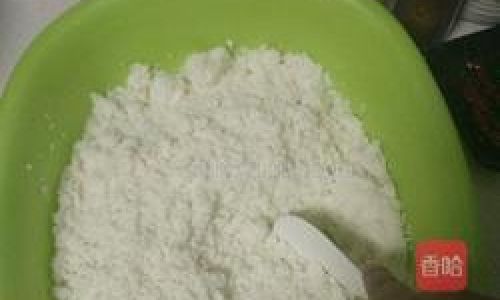
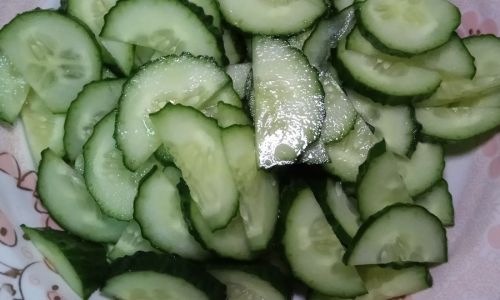
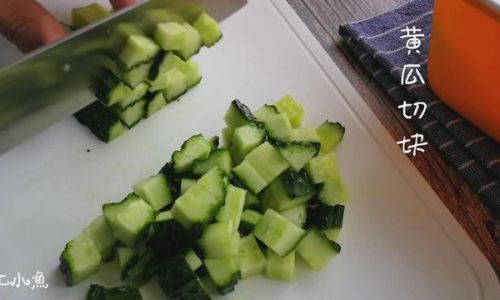
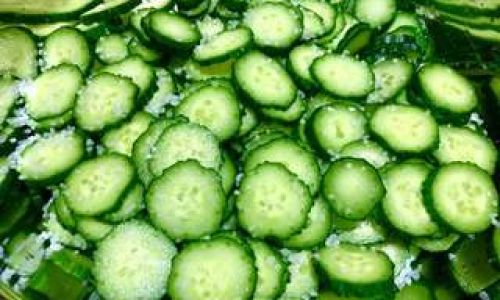
0 comments